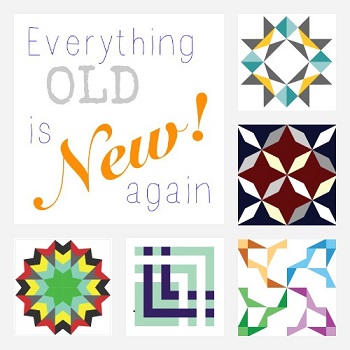Rock Around the Block with Fun Quilt-Alongs
Block of the Month (BOM) Quilt-Alongs are a great way to learn new techniques and they are a lot of fun to be a part of. They can be run by a blogger, a quilt guild, or through a site like Craftsy. My first online quilt-along was with Amy Gibson, a very talented quilter and designer from Colorado. I first discovered Amy Gibson on Craftsy where I took her free BOM Class in 2012. I finished one sampler and have another top done.
After making all of the blocks for the Spring version, I even taught the sampler to my sewing group. I finished a second one and still need to quilt the first Spring top. One great thing about this class is that it is still available and it is still free. Craftsy has continued to offer a free BOM class each year, featuring different teachers – 2013, 2014, 2015, 2016. I have access to all of them, but haven’t made the time to take any more of the classes.
Sewing Up Sweetness with the Sugar Block Club
About a year after completing the 2012 Craftsy BOM with Amy, I started following her blog and pretty soon after that she started The Sugar Block Club (SBC). I haven’t actually completed my Sugar Block quilt, but I have about half of the blocks done. To be fair, I did decide to make blocks from two years of SBC (2013 and 2014) and plan to put them together into one quilt.
I love the Simplicity of Amy’s blocks and the fresh spin she puts on traditional patterns. Her instructions are easy to follow and her personality really comes through in her designs and her blog posts about each block. A lot of her tutorials and patterns are free on her blog, Stitchery Dickory Dock.
Sampler Quilts
When I work on a Quilt-Along it is easy to get behind, but if you are able to maintain access to each month’s block after the month is over, then it’s no big deal. BOMs are a great way to try blocks or techniques that you might not normally give a try. In addition, sampler quilts, which a lot of BOMs are, are some of the most fun to look at and cuddle up with because every block is different and there can be a lot a variety. Successful samplers feature very different blocks that all work together to create a visually stunning whole quilt.




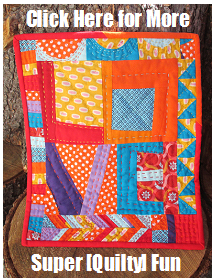

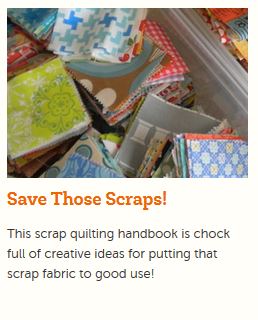
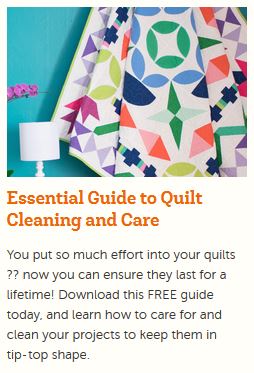
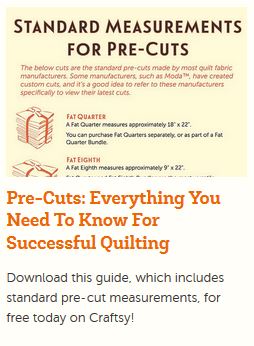
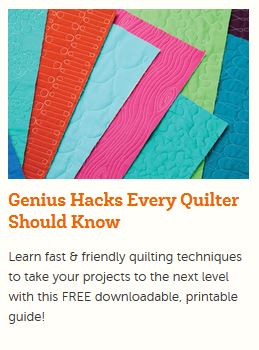
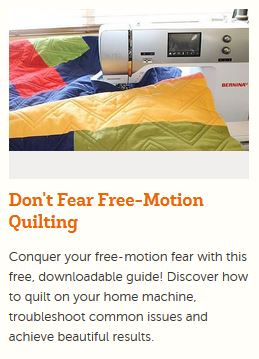
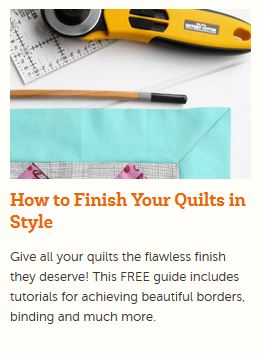
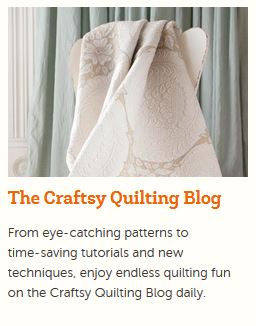
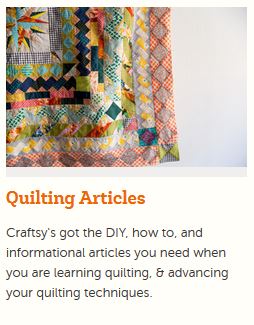
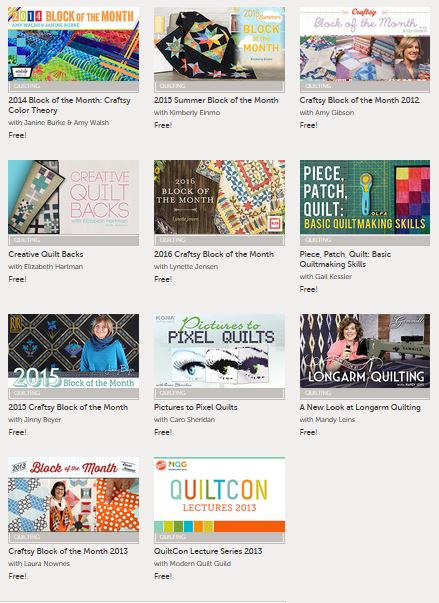
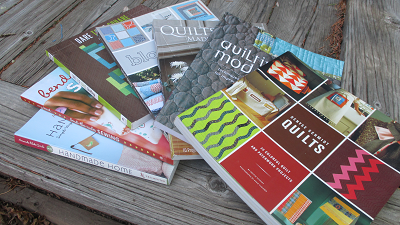 So today I decided to share some of my favorite quilty books. Keep in mind, I have not made most of the projects, but I do read these books like they are novels, from cover to cover, and I go to them when I am looking for inspiration or just something pretty to drool over.
So today I decided to share some of my favorite quilty books. Keep in mind, I have not made most of the projects, but I do read these books like they are novels, from cover to cover, and I go to them when I am looking for inspiration or just something pretty to drool over.









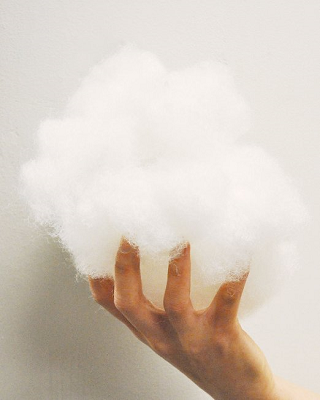
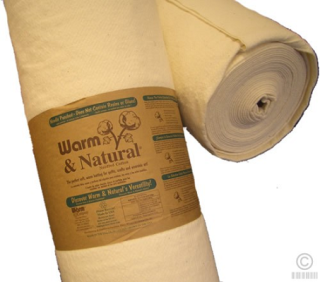
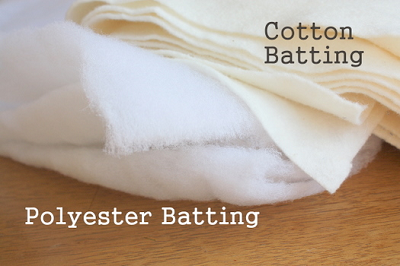
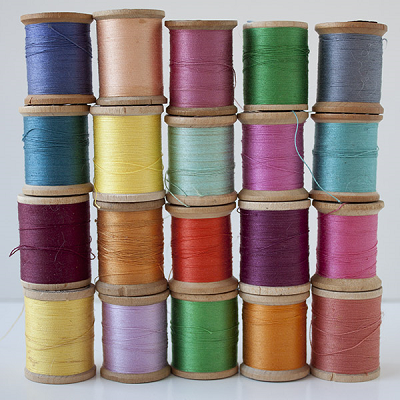
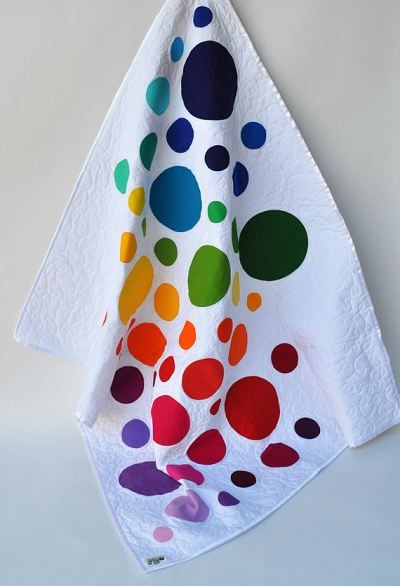
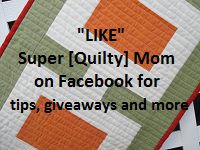
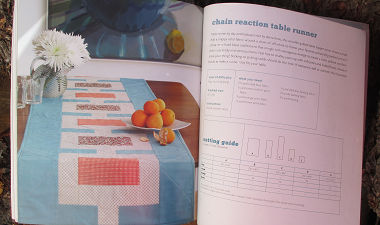
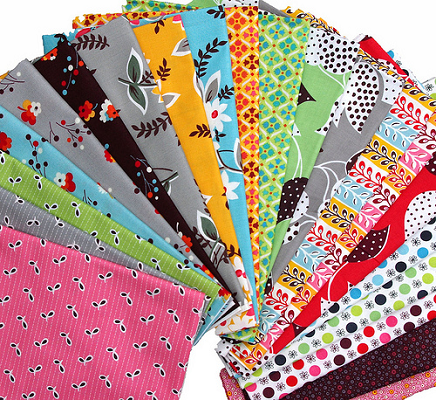

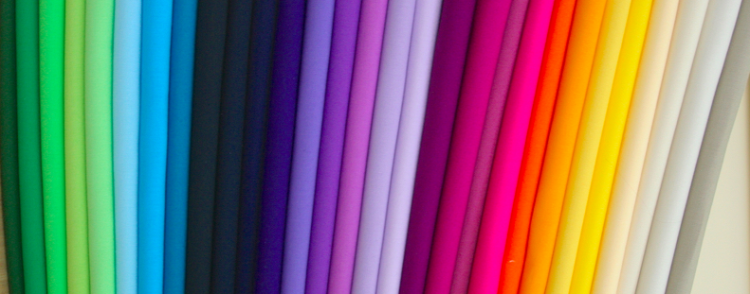
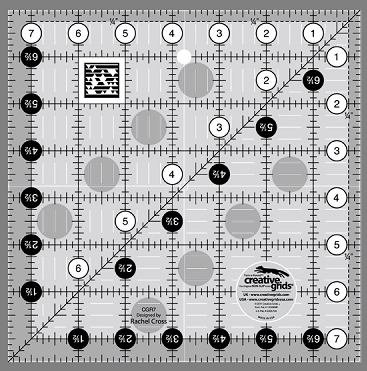
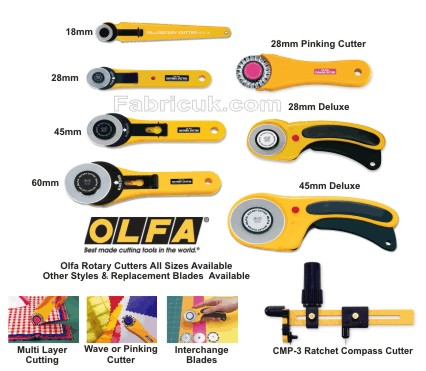























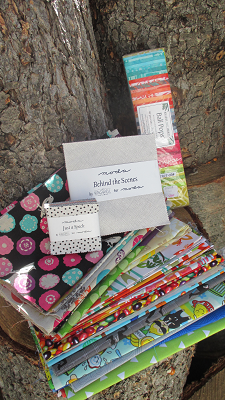
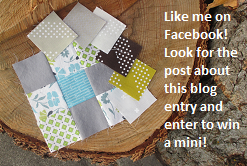
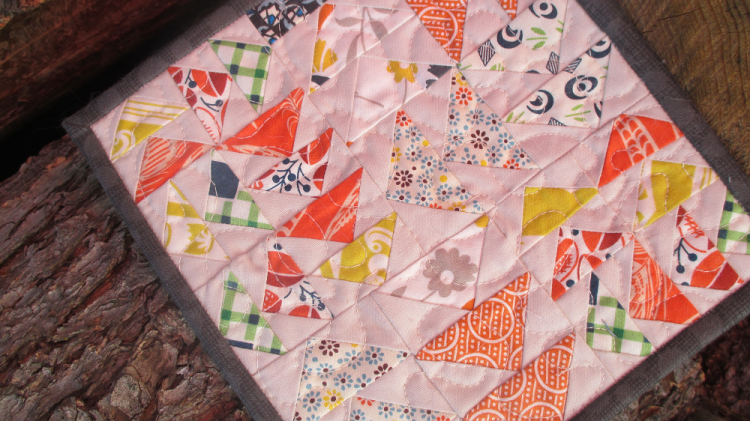 This mug rug is made of super tiny flying geese. Originally I had in mind to make a throw-sized flying geese quilt. Before I purchased all the fabric and spent too much time designing the layout for the quilt, I decided to see how much work my vision would really be. I had made quite a few flying geese units in the past, but never more than four or eight units in a block. What I had in mind would have included hundreds of units. So I grabbed some scarps and went to work on some mini-geese for a mug rug. I used a no-waste method, which is supposed to be fast, but I still found it to be fairly tedious. Once I got this put together I was convinced that doing a large quilt exclusively from flying geese would mean the end of my sanity.
This mug rug is made of super tiny flying geese. Originally I had in mind to make a throw-sized flying geese quilt. Before I purchased all the fabric and spent too much time designing the layout for the quilt, I decided to see how much work my vision would really be. I had made quite a few flying geese units in the past, but never more than four or eight units in a block. What I had in mind would have included hundreds of units. So I grabbed some scarps and went to work on some mini-geese for a mug rug. I used a no-waste method, which is supposed to be fast, but I still found it to be fairly tedious. Once I got this put together I was convinced that doing a large quilt exclusively from flying geese would mean the end of my sanity.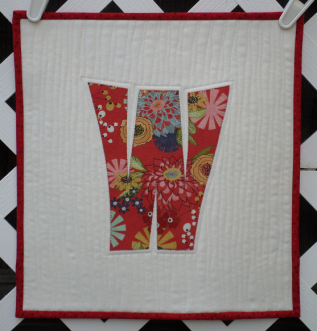 This mini is a great example of using the medium to showcase a stellar piece of fabric. The red fabric in the “W” is one of my all-time favorites. I just love everything about it. Unfortunately, at the time, I only had one fat quarter (18” x 21”) of it and wasn’t prepared to buy more. I needed to find a wedding gift for my neighbor’s daughter and decided to use this piece. The funny thing about this story is that the daughter is a Wadsworth and she was marrying another Wadsworth – no relation. So she was going to be able to keep her maiden name while still taking her husband’s name. I thought it was so sweet that I chose to do a mini “W” for them. By using just this one beautiful fabric against a contrasting-color background, the fabric is the star in this piece.
This mini is a great example of using the medium to showcase a stellar piece of fabric. The red fabric in the “W” is one of my all-time favorites. I just love everything about it. Unfortunately, at the time, I only had one fat quarter (18” x 21”) of it and wasn’t prepared to buy more. I needed to find a wedding gift for my neighbor’s daughter and decided to use this piece. The funny thing about this story is that the daughter is a Wadsworth and she was marrying another Wadsworth – no relation. So she was going to be able to keep her maiden name while still taking her husband’s name. I thought it was so sweet that I chose to do a mini “W” for them. By using just this one beautiful fabric against a contrasting-color background, the fabric is the star in this piece.
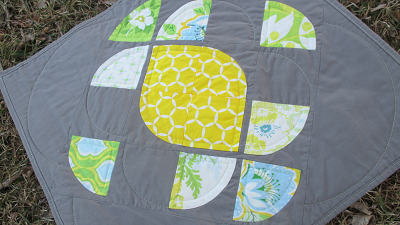
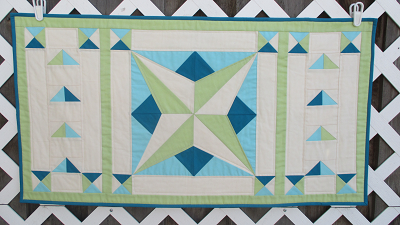







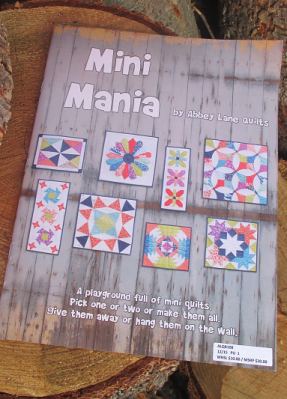
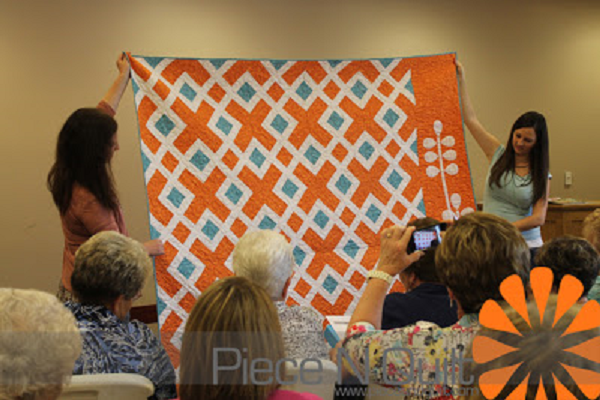
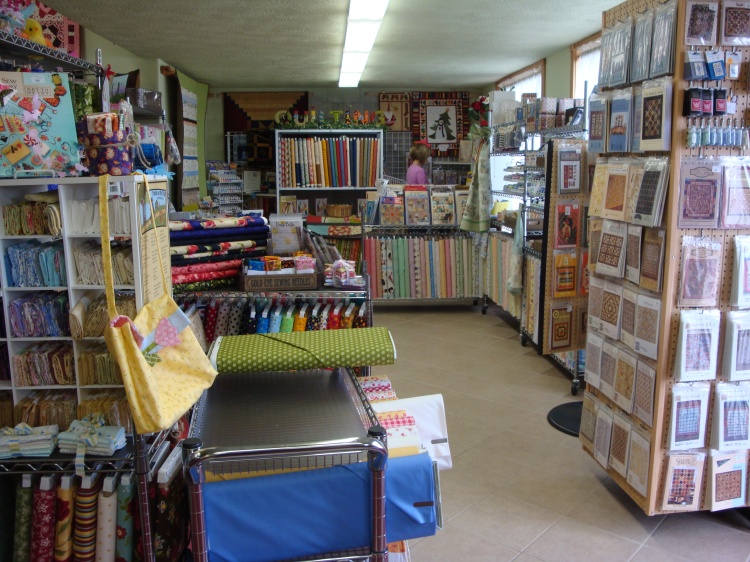
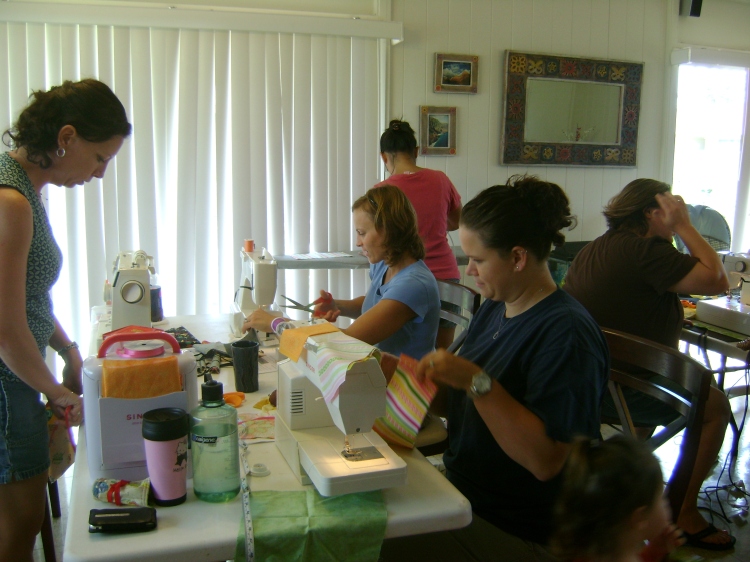
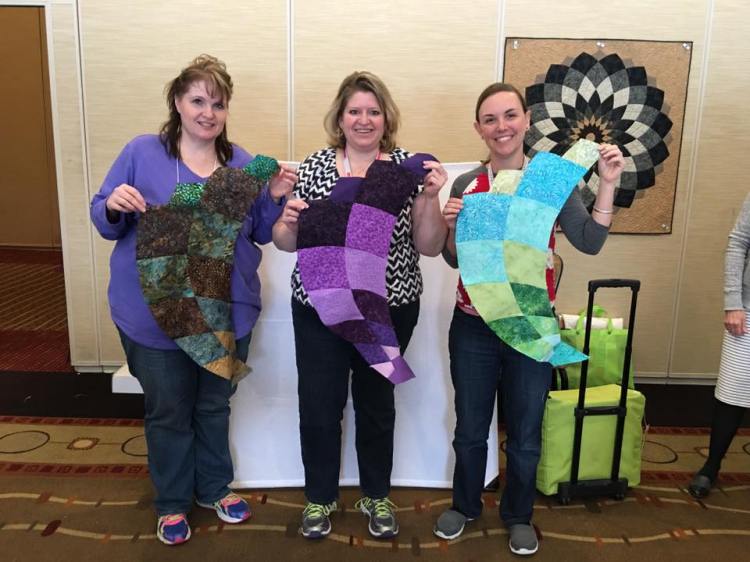
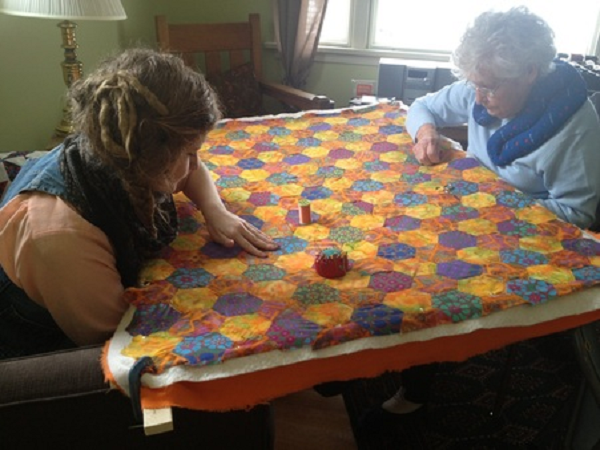
 From the
From the 